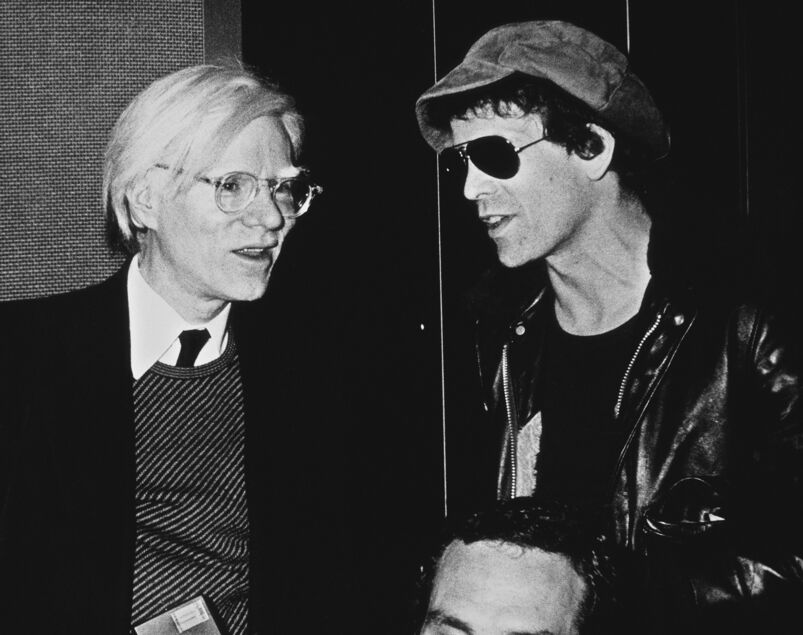
Some of the songs covered in our Retro Record column are important to the LGBTQ+ community because of rather subtle connections—be they suggestive lyrics or perhaps the fact that the musician has a large queer following.
Lou Reed’s “Walk On The Wild Side” is not one of those songs.
It’s so overtly queer that it’s hard to believe it became a hit, let alone the biggest of the celebrated rock musician’s career. Everything about the tune is queer, from the subject matter to the lyrics to the producer: the one and only king of androgyny, David Bowie.
“Walk On The Wild Side” served as the lead single from Reed’s second solo album Transformer, released in 1972. The tune helped turn him from a cult favorite into a hitmaker, peaking at No. 16 on the Hot 100, which is rather shocking given what it’s about and the era in which it was released.
In fact, if the song arrived today, it would likely still face backlash from some conservative critics and would need to be censored on the radio, as it was decades ago.
The song tells the stories of several people—all of whom are real—though Reed plays around with describing some as characters they played instead of who they really were. They were all among Andy Warhol’s “Superstars,” whom he made semi-famous (for 15 minutes, at least) via his many pieces of art.
Reed tells their stories vividly and without worrying about offending anyone, as is clear by some of his more shocking lyrical choices. Here are just a few of the most explicit:
There’s Holly Woodlawn, a transgender actress who ran away from home in Florida as a teenager and moved to New York City:
“Holly came from Miami, F.L.A. / Hitch-hiked her way across the U.S.A. / Plucked her eyebrows on the way / Shaved her legs and then he was a she”
Candy Darling, another transgender actress—whom Reed wrote about in an older song with his early band (which we’ll get to)—who grew up on Long Island:
“Candy came from out on the Island / In the back room she was everybody’s darling / But she never lost her head / Even when she was giving head”
And “Little Joe,” A.K.A. Joe Dallesandro, an openly bisexual actor whom Warhol turned into a minor gay heartthrob via his film Flesh:
“Little Joe never once gave it away / Everybody had to pay and pay / A hustle here and a hustle there”
Reed’s connection with Warhol goes way back, so it’s not shocking he’d write a song about some of the most prominent members of his cadre. Before going solo, he led the influential band The Velvet Underground, who were managed by the openly gay pop artist and who served as the house band for many of the parties he threw at his legendary Factory workshop in New York.
As if all of the above wasn’t enough to classify “Walk On The Wild Side” as a queer classic, Reed himself reportedly referred to the single as an “outright gay song” in an interview with British music magazine Disc And Music Echo. He went on to say that the stories he tells within the tune are “carefully worded so the straights can miss out on the implications and enjoy them without being offended.”
Somehow, Reed was right, as “Walk On The Wild Side” was a real smash in a number of countries, even though there were many reasons why it shouldn’t have worked. Perhaps that’s the genius of the rocker—or maybe the straights really just didn’t know what was going on. It wouldn’t be the first time.
Related:
These 20 albums were essential in shaping LGBTQ+ culture
As pride heats up, we took upon the impossible task of rounding out the 20 most important albums to shape gay culture.











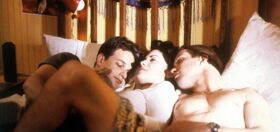
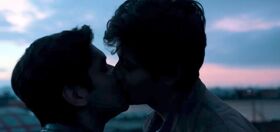





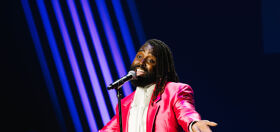
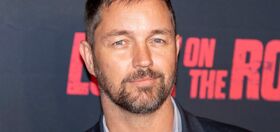

humancobras666
Lou Reed was a piece of sh*t.
He was an awful human being.
He later denied his sexuality.
SO F*ck that dead fool
basils_Herald
Hey there Cobra Kai, I think gay people should be kinder to ourselves and the gays of history. Reed was targeted for his sexuality. He had diodes attached to his cranium do doctors could electrocute his brain. He suffered a lot for this and it shaped his life. I am generally out but I’ve gone “back in the closet” for a handful work trips. It’s not ideal but it kept me safe and my partner at ease. I’m sure Reed would have been more of an ideal homosexual if he had more ideal life circumstances. The Velvet Underground are musical legends
strap2900
People didn’t really understand the lyrics back in the 60s. Most had no clue what he was talking about. I loved his music, with Sweet Jane being my fave.
Bonerboy
…and the colored girls go “Do-do-do..”…?
London_Resistance2
oh goodness the queerty kiddies have no fvkging idea about anything, have they? They certainly don’t know their gay or pop music histories. Yet even a cursory search using that nice Mr Google would have helped these ignorant muppets
““Walk On The Wild Side” served as the lead single from Reed’s second solo album Transformer, released in 1972. The tune helped turn him from a cult favorite into a hitmaker, peaking at No. 16 on the Hot 100, which is rather shocking given what it’s about and the era in which it was released.”-
“which is rather shocking given what it’s about and the era in which it was released.”- what utter nonsense. The UK was in the midst of a glam rock revolution of which Bowie and the sweet, and T Rex and Slade, and from the US side, Lou Reed were a part.
It was a hit in the UK, Ireland, canada, Holland, france, italy and even the USA- possibly cos most record buyers didn’t realise what it was about, but a lot of us knew exactly what it was about.
SDR94103
“oh goodness the queerty kiddies have no fvkging idea about anything,”
that’s because they are twinks who think they created the gay world. There were so many generations who came before who did ALL the work.
Joshooeerr
Yup. In certain ways the 70s was actually considerably more liberal and freewheeling than today. Young people today are certainly a lot less open-mined and questioning.
abfab
Let’s be clear here. LONDON is making a blanket statement about his shock………”oh goodness the queerty kiddies have no fVcking idea about anything”.
London is letting us all know that because one shitty comment above about Lou Reed was yes, dumb beyond belief, that every queer except her is an idiot. Go away, mother superior.
MSM
I loved this song, still do, but had no idea who the characters were mentioned in it. I get it now.
I should have known, as i was an open gay man in NYC, living and owning a business in the Wesr Village there with my husband whom i met in 1972. We used to see Andy Warhol often on Bleecker St and Christopher St. Those were great times and with a feeling of freedom in the air in NYC. Now I lived in Wilton Manors, Fl. and despite our fascist governor, here we have the same feelings and openness as the 70’s in NYC.